Retro Replay Review
Gameplay
UFO: Aftershock picks up the strategic baton from its predecessor and refines it into a real-time tactical squad strategy/RPG hybrid. The core loop revolves around conquering provinces on the Geosphere (the political map), researching new technologies, building bases, and dispatching squads on ground missions. You’ll switch freely between global management—where you decide which country or province to invade or defend—and tense, turn-based inspired firefights against alien and human foes.
(HEY YOU!! We hope you enjoy! We try not to run ads. So basically, this is a very expensive hobby running this site. Please consider joining us for updates, forums, and more. Network w/ us to make some cash or friends while retro gaming, and you can win some free retro games for posting. Okay, carry on 👍)
The Geosphere interface is intuitive yet deep. With four selectable time speeds (pause to very fast), you can react to emerging threats or speed through months of peaceful research. Each country is divided into one capital province (where you can build a base) and several resource provinces supplying Basic, Mineral, or Alien resources. Extending your influence requires building roads from your main base to newly captured capitals, which encourages careful planning about expansion versus overextension.
Diplomacy adds another strategic layer. Human survivors, Cyborgs, and Psionics begin as potential allies whose relations can be improved by aid missions or trade, unlocking new recruits and resources. Ignoring their pleas or attacking their provinces damages relations, potentially turning allies into foes. This system ensures that every decision on the Geosphere carries weight and shapes the tactical options available on the ground.
On the battlefield, tactical squads of up to seven operatives bring RPG-style progression and specialization to each mission. Soldiers gain experience, level up attributes like strength and intelligence, and unlock specialized trainings—Commando, Medic, Engineer, and more. Balancing a mixed squad with varied skills is key, as each mission demands adaptability, from clearing infestations to sabotaging enemy installations under a strict time limit.
Graphics
Graphically, UFO: Aftershock wears its early-2000s pedigree with pride. The isometric environments are richly detailed, with ruined cityscapes, alien-infested complexes, and industrial interiors rendered in muted, gritty tones. While textures can feel low-resolution by modern standards, the overall art direction effectively conveys a desperate, post-apocalyptic world.
Character models and animations may appear stiff at times, but each soldier class has distinctive armor and weapon designs that help identify roles during combat. Alien creatures and mechanical foes sport imaginative designs, from bioluminescent tentacles to mechanical quadrupeds, adding visual variety to battles. Explosions, muzzle flashes, and lighting effects punch above what you might expect for a 2005 title.
The Geosphere map, though simplistic, uses clear iconography and color-coding to show province types and diplomatic status. Strategic overlays for resource output and enemy activity ensure that even newcomers to the genre can quickly understand their global situation. Cutscenes and story text are largely static, but well-composed, evocative backgrounds and character portraits keep the narrative moments engaging.
Story
Set in the year 2050, UFO: Aftershock picks up fifty years after the events of UFO: Aftermath. The Laputa, once a floating sanctuary in orbit, descended into civil war when the Human Council attempted to crush dissent. The resulting explosion scattered survivors across space, only to discover another long-lost Laputa equipped with a landing pod to Earth. Now, as the player, you guide these survivors back to a ravaged world filled with hidden dangers and fractured alliances.
The narrative unfolds through mission briefings, in-engine cutscenes, and character dialog. Each successful operation uncovers new fragments of Laputan technology and lore, driving forward the core mystery of why the station was truly destroyed. Side missions with the Human, Cyborg, and Psionic factions reveal unique lore threads and personal stories, deepening your emotional investment in each ally you recruit.
While the plot occasionally leans on familiar sci-fi tropes—rogue human factions, inscrutable alien psykers, underground research labs—the pacing remains engaging. Key story missions introduce escalating threats, from renegade human militias to fully evolved alien species, culminating in a finale that ties personal character arcs to the fate of humanity’s last outpost.
Overall Experience
UFO: Aftershock delivers a satisfying blend of high-level strategy and tense tactical combat, appealing to fans of both X-Com–style squad management and empire-building. Its learning curve can be steep—especially when juggling research queues, diplomacy, and base logistics—but the sense of reward when a well-planned mission succeeds is immense. Casual strategy fans may find the micromanagement a barrier, but those willing to dive deep will uncover a richly layered experience.
The game’s atmosphere—a mix of grim sci-fi, resource scarcity, and resilient hope—shines through both its visuals and its audio design. Ambient tracks underscore the isolation of remote bases, while combat music ramps up the tension during missions. Even with dated graphics and occasional UI quirks, the world feels alive and perilous.
Technical stability is generally solid, though some users report minor pathfinding issues in cramped interiors and occasional AI oddities. Patches and mods from the community can help smooth these rough spots and even enhance textures or add quality-of-life improvements. Ultimately, UFO: Aftershock stands as a robust entry in the tactical-strategy genre, offering hours of deep gameplay for those seeking a challenging, story-driven campaign.
 Retro Replay Retro Replay gaming reviews, news, emulation, geek stuff and more!
Retro Replay Retro Replay gaming reviews, news, emulation, geek stuff and more!
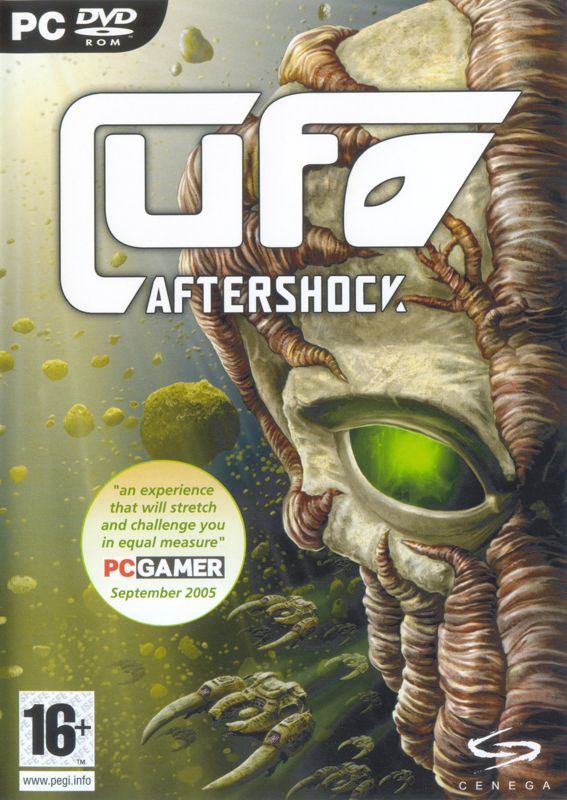
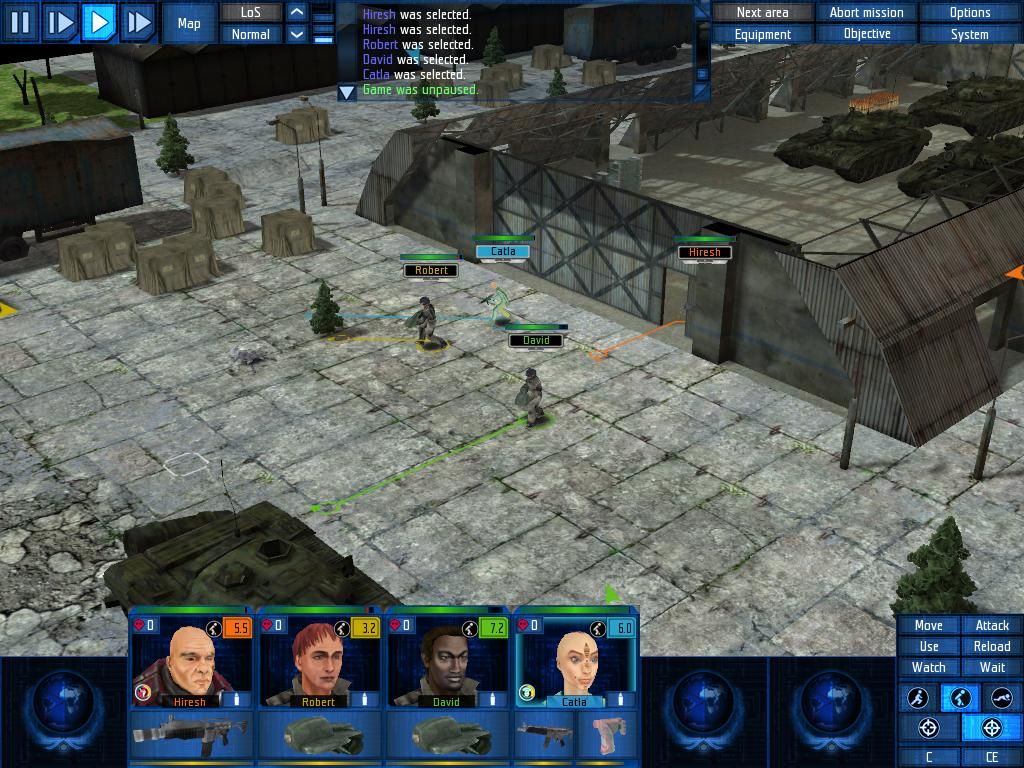
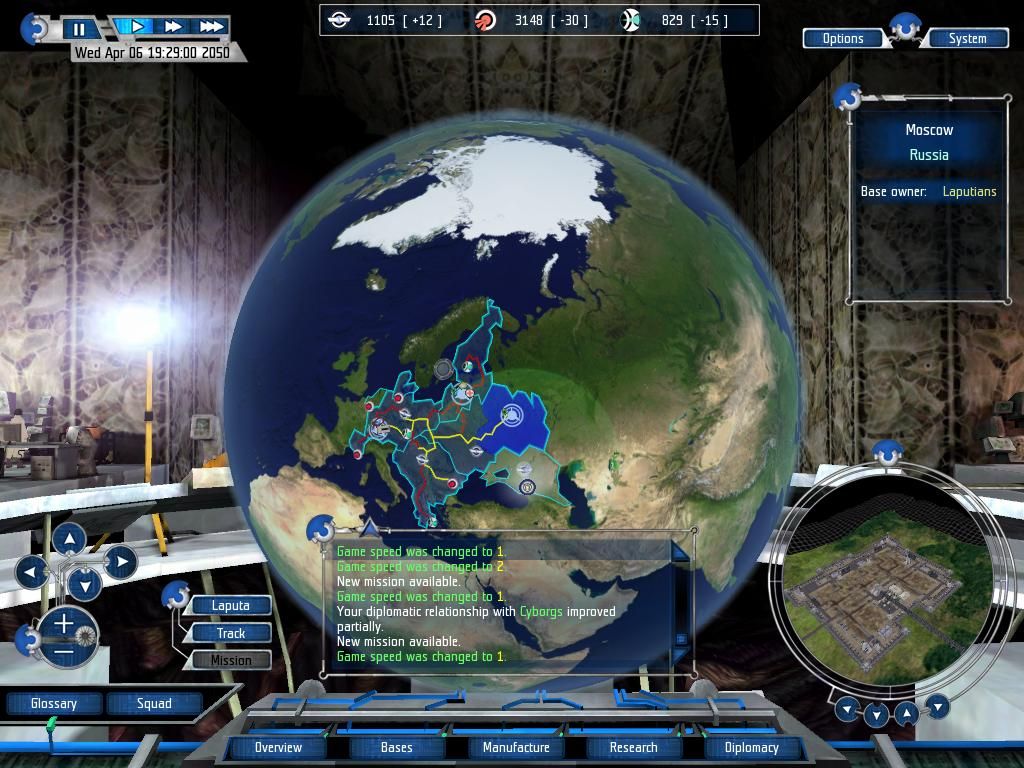
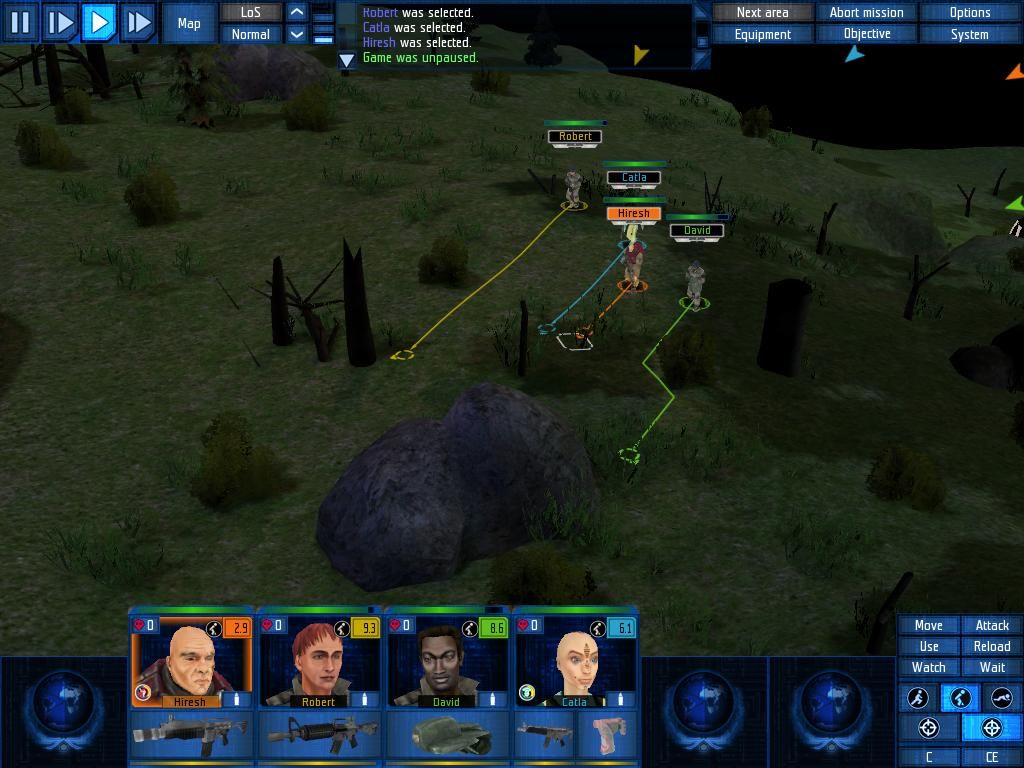
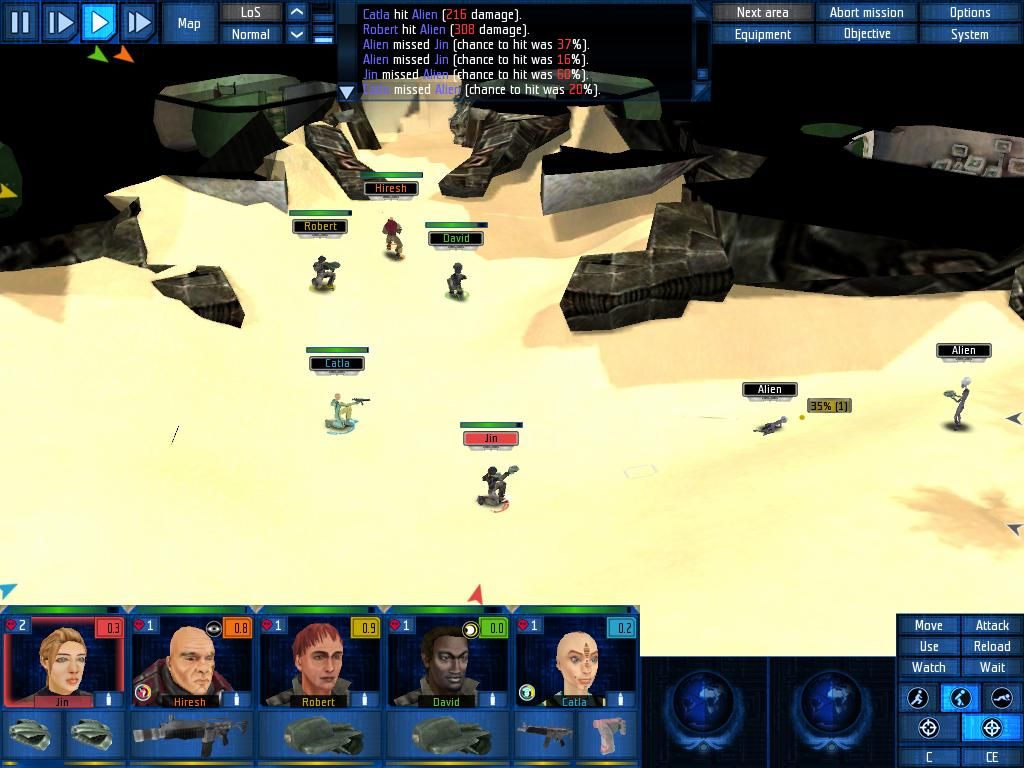
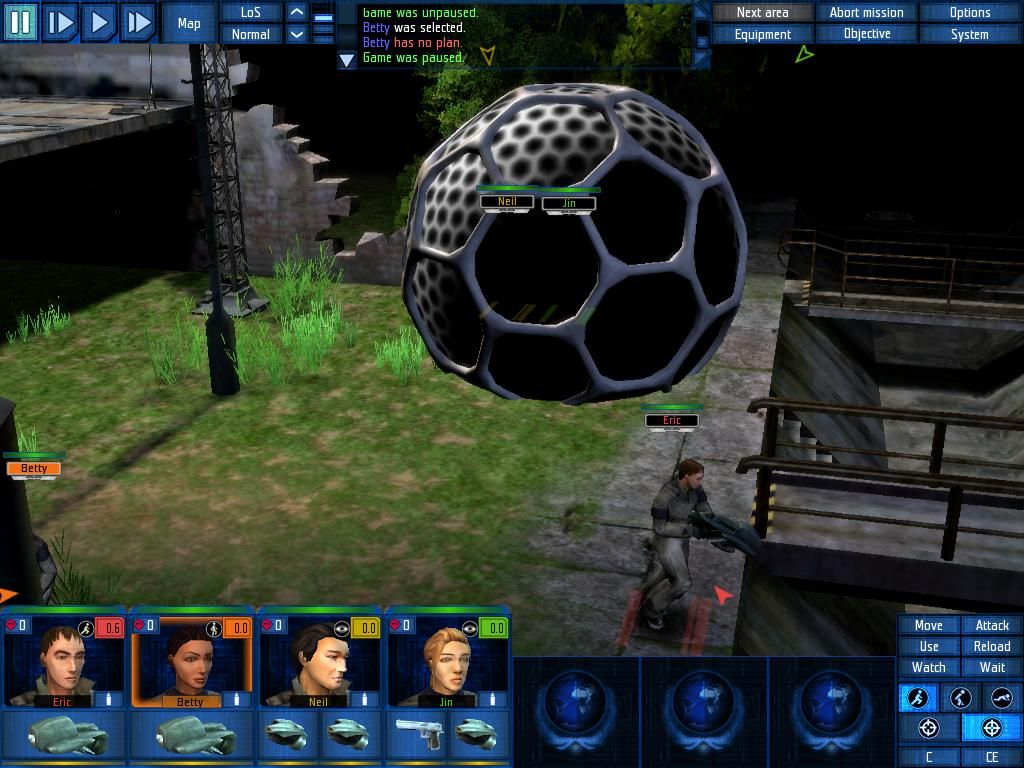

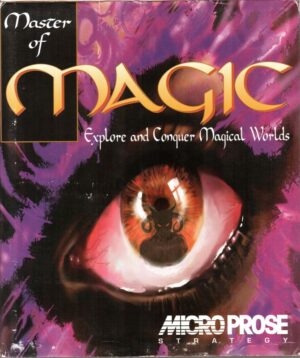

Reviews
There are no reviews yet.